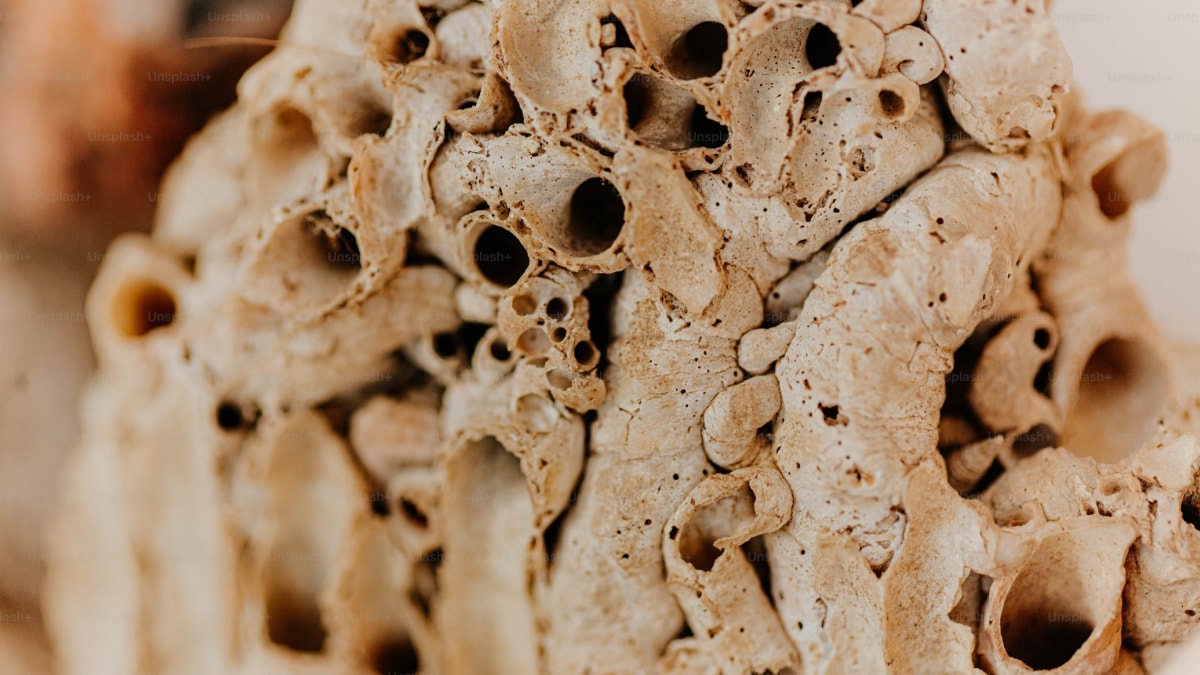A recent analysis of a skeleton discovered at an ancient Roman cremation cemetery in Pommerœul, Belgium, has revealed an unusual find – the bones actually belong to at least five different individuals spanning a period of 2,500 years. Originally unearthed in the 1970s near the French border, the grave included one skeleton in a fetal position, an uncommon pose for Roman-era burials. Initial assumptions suggested it was a single Roman-era burial, but new scientific examinations show otherwise, challenging previous understandings of the site.
Radiocarbon Dating Reveals a Patchwork of Bones
In 2019, radiocarbon testing provided surprising results, showing that while the cremated remains were indeed from the Roman period, bones in the fetal burial traced back much earlier to the Neolithic era, around 7000 to 3000 BC Archaeologists, led by Barbara Veselka of Vrije Universiteit. Brussel, applied various techniques, including DNA sequencing and radiocarbon dating, to confirm that the grave contained bones from five distinct people. Although the exact number may exceed five, Veselka confirmed that DNA analysis identified at least five separate individuals.
An Intentional Assembly or Ritual?
The discovery prompted further investigation into why Roman burials would feature Neolithic remains. A Roman bone pin was found near the skull, which was identified as belonging to a Roman-era woman from the third or fourth century AD One hypothesis suggests that Roman settlers may have stumbled upon the Neolithic grave and decided to add the woman's skull to the site. Another possibility is that the Romans created this composite skeleton by arranging scattered bones from different time periods in an intentional pattern.
Speculation on Cultural Significance
Experts believe the Pommerœul site may have held cultural or spiritual significance due to its proximity to a river, which has often been considered a powerful location across various periods and cultures. Bioarchaeologist Jane Holmstrom of Macalester College, who was not part of the study, remarked that the Romans may have aimed to establish a historical or territorial connection to the land by assembling these remains, reflecting an ancient form of land-claiming through burial practices.
The true purpose of this composite burial, however, remains a mystery lost to history.
For the latest tech news and reviews, follow Gadgets 360 on X, Facebook, WhatsApp, threads and Google NewsFor the latest videos on gadgets and tech, subscribe to our YouTube channelIf you want to know everything about top influencers, follow our in-house Who'sThat360 on Instagram and YouTube,

Meet Haggis: An Incredibly Rare Pygmy Hippo Born at Edinburgh Zoo
Apple Said to Face Fine Under EU's Landmark Digital Markets Act



